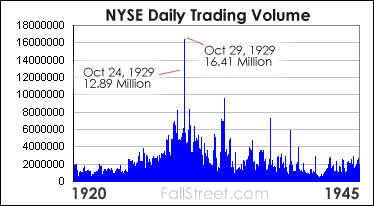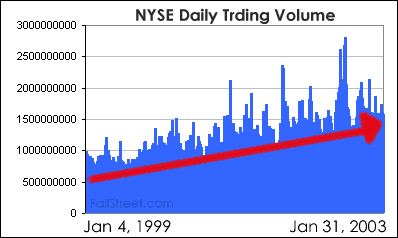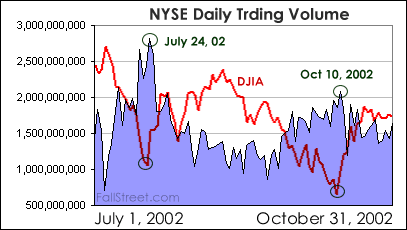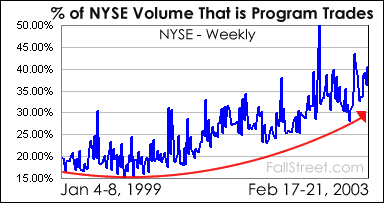March 5, 2003
Capitulation Doesn’t Always Bring About Investor Elation
“The Treasury was quick to repeat that the administration remains glued to its strong dollar policy but by then the damage had been done. Snow had reminded the market that he is hardly going to be concerned about a weaker dollar that is helping U.S. exporters.” Dow Jones
Unless Snow forgot the first thing Bush told him – which was don’t say anything stupid or you will be fired like the last guy -- the evidence continues to mount that policy makers back a weaker dollar.
Markets Reeling – Growing ‘Feeling’ of Inevitability
The two day slide in stocks to begin this week has had little to do with Iraq and more to do with the weak ISM Manufacturing report released on Monday. Until the ISM number was released (10:00 AM) the markets were still able to cheer last Friday’s upward revision in 4Q02 GDP.
However, the ISM report has not been the only negative development this week. Rather, weak auto sales, a Greenspan speech on the cooling housing market, and an ominous layoffs report from Challenger Gray and Christmas have also set the tone.
“It is doubtful a turnaround in hiring can be expected before fall, if then” John Challenger.
Suffice it to say, you get the feeling that the markets will not do much of anything until a bout of capitulation selling and/or new lows arrive. Yes, ‘capitulation’ is a catch word that has become as popular as ‘buy and hold’. Nevertheless, the realization is that once everyone starts using this word again self-fulfillment can take hold.
* The blockbuster report this week is Friday’s jobs report. Payrolls are expected to show a slight increase for February and the unemployment rate is expected tick higher to 5.8%.
Volume Trends
In hindsight, the volume tallies before and after the crash of 1929 described the building investor euphoria (1920-1929), subsequent panic (1929), and investor disinterest (1930-1949) extremely well. To be sure, trading volume rose during the 1920s, spiked to unbelievable levels in 1929 and, despite isolated bear rally surges, trended lower for more than a decade.
 |
During the current bear market trading volumes have not followed the 1929 template. Rather, and despite what you may have heard, there has yet to be a case of serious panic selling yet.
 |
Granted, and as the chart below shows, volumes have shot up when the markets have fallen sharply. However, since the bear market began these volume surges have been immediately followed up by terrific stock market rallies, and during these rallies the pre-panic volume levels have been resumed.
 |
Yes, the crash in brokerage stocks is evidence enough that trading volumes are no longer escalating wildly higher. However, it seems that trading volumes – lending little regard to recently soft volumes due to geopolitical concerns – have not been going lower either. Of course, this is before you consider the percentage volume that is made of up program trades.
 |
With program trades increasingly responsible for a larger percentage of volume since the bear market began, this has helped mask the dwindling trading interest from investors. In fact, the argument could be made that without escalating program trades the 1929 volume template (euphoria, panic, and disinterest) is being mirrored today.
However, and to reiterate, unlike 1929 an unbelievable wave of panic selling volume has not arrived. Such is why whenever the word ‘capitulation’ is mentioned the fear level of investors begins to rise: one day the stock markets could witness capitulation selling, no one will be left in the market to buy, and all the program trades in the world would not be enough to stop the slide.
|
|
All data and information within these pages is thought to be taken from reliable sources but there is no guarantee as such. All opinions expressed on this site are opinions and should not be regarded as investment advice.
Copyright © 2000-2003. FallStreet.com